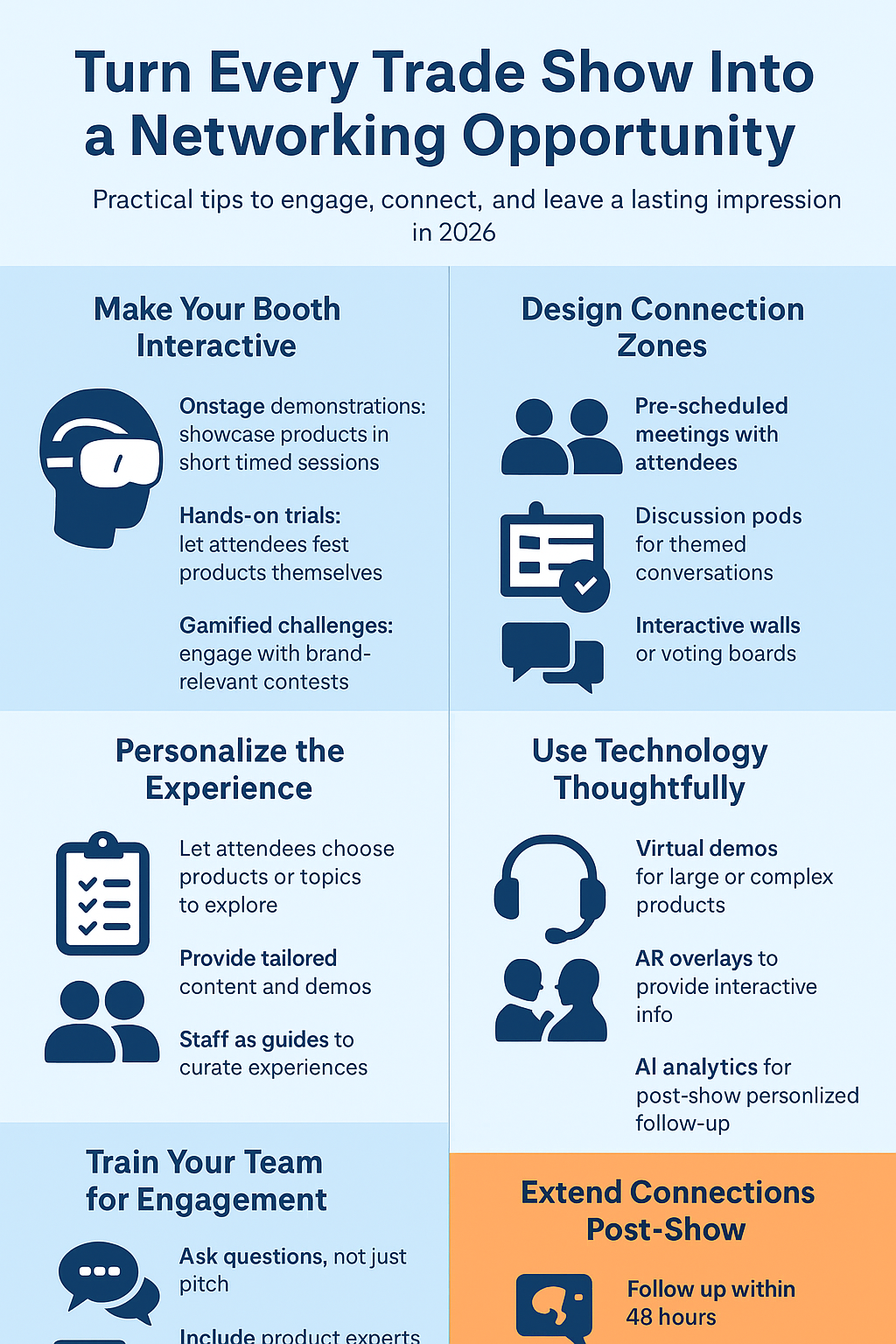Over the last 10 years, inbound marketing has proven to be a great way to generate leads and acquire customers and help you hit your quota. Inbound marketing is a holistic, data-driven approach that leverages content on your website to attract buyers researching your products and services online. And then convert them to leads so you can close more deals.It mirrors the way people buy in today's digital environment and works in both B2B and B2C situations. But what if you don't have a marketing department or your marketing team doesn't practice inbound? What if you have to generate your own sales leads?
What is a Sales Lead?
Sales leads are individuals or businesses that are prospective buyers. A sales lead is identified via marketing and advertising, referrals, social media, networking and outreach, product trials, or consultations. A lead does not become a prospect until they've been qualified to determine their level of interest and fit as a potential customer.
Many sales professionals don't have the marketing support to rely on a steady flow of inbound leads, but still have to hit their quotas. Luckily, the inbound sales methodology provides many ways to fill that need. Here are a few ways you can start generating inbound leads on your own.
Inbound sales is a way to identify and connect with prospects by leveraging the inbound mindset of building relationships way before someone is ready to buy.
Most successful salespeople already practice some version of solution selling. They know sales is about consulting around the prospect's problems, not closing the deal. It's about letting the prospect define the pace of the process and offering education and advice as a way to build confidence and trust. This makes it easy and safe for a client to buy. Here are a few ways you can make it scalable and efficient on your own.
How to Generate Sales Leads
- Optimize your social media profiles to be more appealing to potential buyers.

- Find prospects you can help on relevant social media networks.
- Post a blog article on LinkedIn with an offer for a 15-minute consultation.
- Ask your current customers for referrals.
- Work with your personal network to identify potential leads.
- Actively engage with new leads at networking events.
- Revisit closed/lost opportunities.
- Implement an email sequence.
- Contribute informative articles to other websites and blogs.
- Embed a meeting scheduler on your website.
- Engage with live chat users.
- Lead an online workshop or seminar.
1. Optimize your social media profiles.
When was the last time you actually updated your LinkedIn or Twitter profile? Keeping your social media profiles fresh and up to date is a great way to bring in more leads.
LinkedIn is hands-down the most beneficial social media platform for salespeople. Make your profile stand out (and potentially show up in search queries) by drafting a stellar LinkedIn headline and descriptive summary that tells those who visit your profile exactly what you do and who you serve.
Twitter is another social media platform that salespeople can use to connect with leads and generate interest in their business. To get the most out of your Twitter profile make sure you have a professional-looking profile photo, tag your company’s account, include a link to your LinkedIn profile, and try including a few hashtags that are relevant to your buyers.
Making these simple changes to your social media profiles puts you in a better position to show up in the search results of potential buyers, making it even easier to connect.
2. Find prospects you can help on relevant social media networks.
Most salespeople are on LinkedIn, but may not be using it effectively for generating top-of-the-funnel activity. It is a salesperson's dream to be able to connect in a high-value, low-effort way to find interested prospects, and social media is a great way to do so.
A few quick recommendations to leverage your social media presence for lead generation:
- Try to connect with as many people as you can. The more connections you have, the wider your reach will be. You don't have to be best friends with the people you connect to. Tangential connections can be amongst the best for potential prospects.
- Post in the "Share an Update" section you're currently looking to identify and help a specific type of prospect with a specific type of problem by a specific date. For example, "We are looking to work with three new commercial landscaping companies by September 1 that are interested in building their business in the greater Phoenix, Arizona area".
- Get three recommendations from current clients demonstrating high-quality work that can vouch for your value, professionalism, and effectiveness.
- Extra credit if you can broaden your professional brand to Facebook for Business, Twitter and Snapchat, although this does increase the amount of work involved.
3. Post a blog article on LinkedIn with an offer for a 15-minute consultation.
I speak on behalf of HubSpot 50 times a year, and often when I mention "blogging" to my audience, people's eyes glaze over. They think of blogging as a structured and difficult way of writing a college essay — and writing is up there with public speaking on the list of things that people hate and fear.
But blogging is really just a conversation, and a blog topic can be as simple as answering the standard questions about your product that you do every day, such as "The Beginner's Guide to [Common Business Challenge]" and "X Things You Need to Know About [Business Area]."
4. Ask your current customers for referrals.
In the course of my work helping digital agencies fill their sales funnel, I frequently ask my clients the last time they pinged their current clients, thanked them for their business, and asked for help in generating more business.
Everyone agrees that referrals are effective, but for some reason, it's hard to implement it effectively. You can follow the seven steps below to get started:
- Check with your account manager to make sure the customer is happy (and if they're not, set up a call anyway to see how you can make things better).
- Ping the client with a phone and an email and ask for a 10-minute conversation.
- Thank the client for her business, explain that you value your relationship and you're always interested in making it more valuable to your client.
- Ask if there are any other contacts or companies she can think of that would be interested in the same level of service.
- Get the name, phone number, and email of the contact, and why your client thinks it is a good fit.
- Ask if they can tee you up with a quick introduction email.
- Extra credit: If you can, send them a handwritten note or small item like a T-shirt thanking them for the referral. Little touches go a long way.
5. Work with your personal network to identify potential leads.
Working your personal network is another sometimes-overlooked option that is fairly easy to get started with because you have built-in trust. There are certain people you'll meet in a personal context that you wouldn't think of as a lead generation machine but can be incredibly valuable.
In today's busy world, you have yoga friends, work friends, neighbors, and more — but they exist in these separate buckets that don't necessarily intersect. The key is remarkably simple — if you're at the point in your relationship where you can talk business, let potentially useful acquaintances know. Identify the type of company you're looking for (size, employee number, revenue amount, location, etc.) and send an email they can forward to make the connection.
Of course, mixing the personal and professional like this needs to be effective and respectful — but it is a great way of broadening your reach.
6. Actively engage with new leads at networking events.
When possible, attending these events should be part of your routine because they're a great way to grow your reach and potentially drum up business.
Below are four basics I remind people of before they dive into networking:
- It's about mingling and being human and having fun. Don't take things too seriously!
- Explaining your "always be helping" philosophy face-to-face is usually a pretty big differentiator.
- Bring business cards to hand to your new acquaintances.
- Offer to connect on LinkedIn from your phone while you're standing next to someone. I usually respectfully ask — would you like to connect on LinkedIn? If they say yes, I just hand them my phone and say, "Can you find yourself and connect?", which makes things a lot easier.
7. Revisit closed/lost opportunities.
These are businesses that already know what your company does. They might have seen a product demo or made it through a discovery call and it just wasn't the right time to buy.
Touch base with these prospects every six months. Ask how their priorities have changed, if their business and team goals have shifted, and what their challenges are.
Invest in marketing to these prospects, because they're already more qualified than new, warm leads. Enroll them in appropriate marketing email drips, send them relevant blog posts, and keep communication personalized.
It might not be the right moment the first or third time you follow up, but it could work in your favor the fifth.
And you never know when a prospect will change jobs and finally have the budget or business case to implement your solution. By staying top of mind, you'll be the first vendor they call.
8. Implement an email sequence.
At SaaStr Annual 2018, Sam Blond, CRO of Rainforest QA recommended, "Define your strategy for outreach. Then get creative with the email copy — be clever."
Blond explained that one of Rainforest's most successful email sequences is addressed from their CTO. Rainforest's SDRs send the email to the CTO of a prospect's company, framing the message as if their CTO asked them to reach out.
"It's creative, it grabs attention, and it allows us to cast a wide net over each prospect's company," Blond said.
To send a successful email sequence, have a clear purpose for each one. For example:
- Email 1: Address pain points
- Email 2: Explain a value message
- Email 3: Name drop a big client
- Email 4: Qualify your message
- Email 5: Include a product message
- Email 6: Reach out one last time
Implement a comprehensive, purposeful email sequence and see it work for you.
9. Contribute informative articles to other websites and blogs.
Are you writing blogs yet? You should be. Start by writing about what you're an expert in.
It could be sales process optimization, referral marketing, or your product/service — but whatever you do, start writing, and share it on your company's blog, your personal social media channels, and your customers.
In 2018, it's important for you to be a visible expert in your field. Not only will it display your expertise, but you'll educate your prospects as well. Need some help on your first post? Reach out to your resident marketer or blog editor for a quick lesson. They might even offer to help you write a post or two.
10. Embed a meeting scheduler on your website.
If you're a rep in charge of bringing in your own leads, you don't have the resources to send three back-and-forth emails coordinating schedules with a prospect. It's a waste of your time and a waste of theirs.
Instead, embed an appointment scheduler on your website and your email signature. HubSpot's free Meeting Scheduling Tool syncs with Google and Office 365 calendars, so your prospects always see your updated availability.
Plus, if there's no designated sales rep, you can set a round-robin meeting link, so prospects are able to schedule meetings with the rep who's availability best aligns with their own.
Make it easy for leads to get in touch with you and schedule time to learn more.
11. Engage with live chat users.
Another way to vet leads is through an easy-to-use chatbot builder. There are a lot on the market today, but HubSpot Conversations gives you the tools and context you need to have unlimited, personalized conversations at scale.
Customize your widget so that it matches the look and feel of your brand and pops up on your prospect's screen with a welcome message that's actionable and matches their intent. Use your chatbot to qualify leads, book meetings, answer FAQs, and more.
You can respond to chats through the Conversations inbox, Slack, on even on the go with HubSpot's mobile app. Because it's part of your HubSpot CRM, every conversation is saved.
12. Lead an online workshop or webinar.
While sharing articles and blog posts are a great way to share your knowledge, nothing tops getting the opportunity to actually teach. Hosting a webinar or online workshop sharing your expertise on a relevant topic is a great way to generate leads online.
For example, if you sell social media scheduling software for small businesses, you could host an online workshop for entrepreneurs showing them how to build engagement on social media. By sharing your knowledge on a relevant topic in an intimate format such as video, you are building trust with leads quickly.
Don't like your leads? Get out and generate new ones. Try these tactics and close more business this quarter. Looking for more ways to generate leads? Check out these social selling techniques next.






